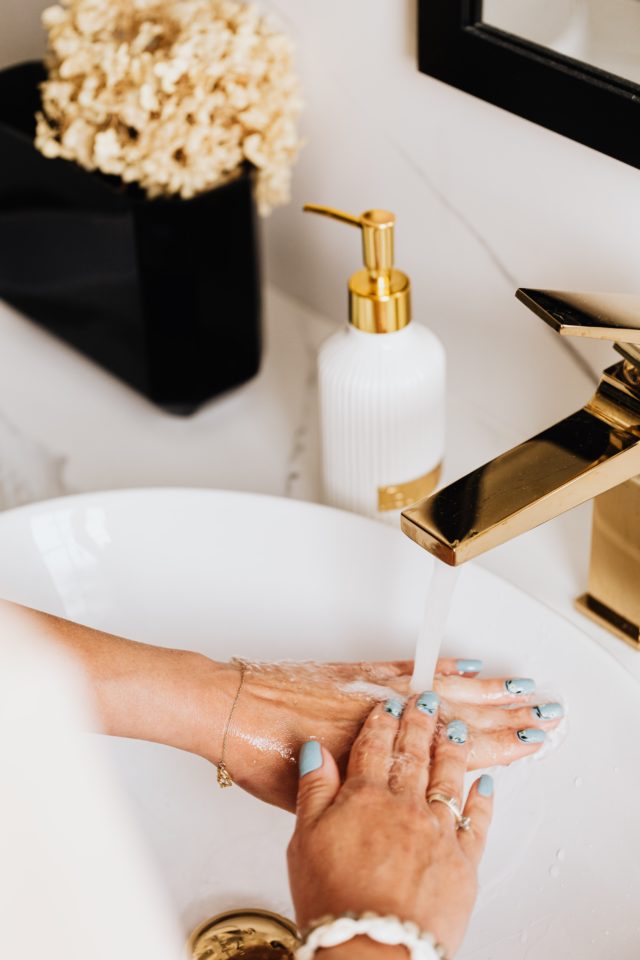How Does a Booster Pump Work to Improve Flow?
Is water not reaching one or more of the faucets in your home? Does it come out of the tap at a trickle? If you’re dissatisfied with your water pressure or flow, a booster pump may be your solution.
What Is a Booster Pump?
Booster pumps, also known as pressure pumps, are mechanical devices that increase water pressure and flow.
A booster pump serves as an intermediary between the source of the water and its endpoints, such as faucets, taps and shower heads as well as high-pressure spraying systems and water sprinklers. These devices pressurize the water passing through them to give the water the boost it needs to reach its endpoint with the desired level of flow.
Types of Booster Pump
These pumps generally come in the following two types:
- Ordinary booster pump (or single-stage pumps) – These perform at a constant rate and don’t have a way to modulate flow rate or speed.
- Variable speed drive (VSD) pumps (or multistage pumps) – These can be adjusted based on the varying pressure head requirements between the source and endpoint at any given point in time.
Because of their variability and versatility of controls, VSD pumps can help reduce energy costs.
How Does a Booster Pump Work?
 A booster pump works similarly to a fan. Most contain the same basic components, which include:
A booster pump works similarly to a fan. Most contain the same basic components, which include:
- A motor
- Impellers
- An outlet and inlet
- A flow or pressure-sensing device
Most booster pumps are centrifugal pumps that move water through one or more impellers (depending on whether it’s a single-stage or multistage unit) using centrifugal force, much like a fan’s rotating blades enhance air velocity.
Unlike a fan, however, a booster pump is not intended to work on its own. Rather, it is designed to work with an existing pump. Otherwise, this kind of pump works just like any ordinary pump. By introducing an additional pump into the water flow system, you can increase the water pressure coming from the existing pump.
The Benefits of a Booster Pump
A booster pump is useful for getting water to the desired endpoint farther away from the source or at a higher elevation than the main water pump itself is unable to reach alone. It’s also useful for increasing the pressure and flow of water coming out of an endpoint. For these reasons, a booster pump can help fulfill home plumbing code requirements.
What Causes Low Water Pressure?
Many variables can affect water pressure from your tank, some of which a booster pump can correct and others that it can’t. The causes of low water pressure that you may be able to improve with a booster pump include:
- Gravity
- Distance or elevation from the water source
- Water pressure from a local plant
- Other water systems
If, on the other hand, the water pressure is low because of plumbing problems, such as clogged pipes or a pressure-reducing valve needing adjusting, getting your home plumbing checked first will probably do you better than installing a booster pump straight away.
Questions to Ask When Shopping for a Booster Pump
Before purchasing a booster pump, it helps to know a few key pieces of information, such as:
- What is your water flow rate?
- How much water do you need?
- How much pressure do you need?
- Is the water source below the pump or above it?
The right water booster pump that is properly designed and professionally fitted can deliver you optimal water pressure and flow. For help selecting and installing a booster pump in your home, contact us at Price’s Plumbing Heating and Cooling in Mount Laurel, New Jersey. You can call us 24/7 at (856) 325-9719, email us at pricesplumbing@gmail.com, or fill out the contact form on our website.
